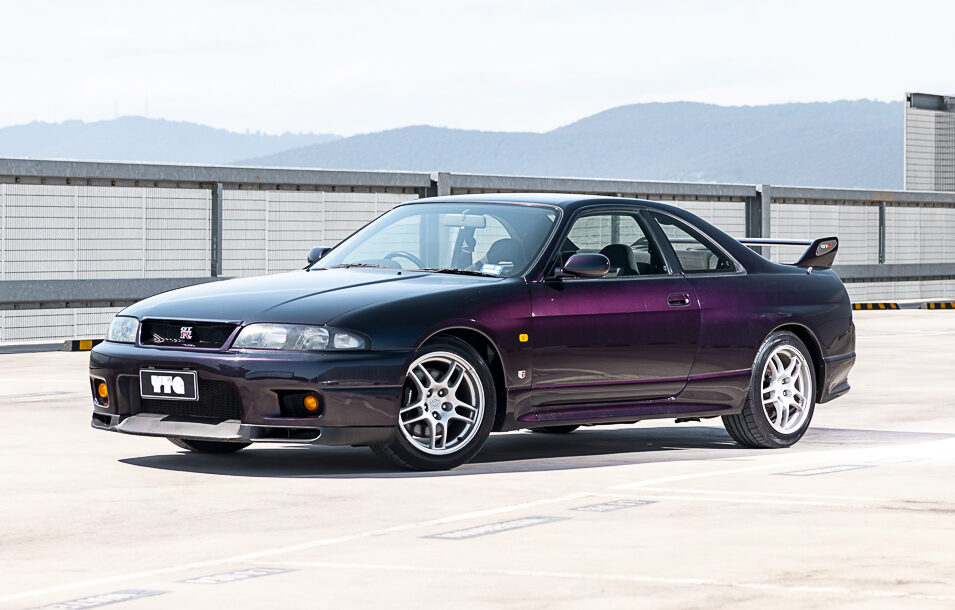A disclaimer first. I don’t profess to know all the rules here. If I did, it would have taken me a good deal less than 20 years in the business to end up as a magazine editor, but along that journey, I’ve managed to pick up a few pointers that I hope will set you in the right direction.
The industry is changing fast, and there’s never been a more exciting time to be a motoring writer.
So here are 20 tips to get you started.

1 – The journalism bit is important
Many of the best motoring journalists made their way into the industry via a traditional route, which often entailed studying for a recognised journalism qualification and then entering via grass-roots local press or specialist magazines.
Understanding the brass tacks of the business is important, but that can be taught. There are some great writers who never made it via that pathway, but taking the time to learn the essential disciplines will confer an advantage.
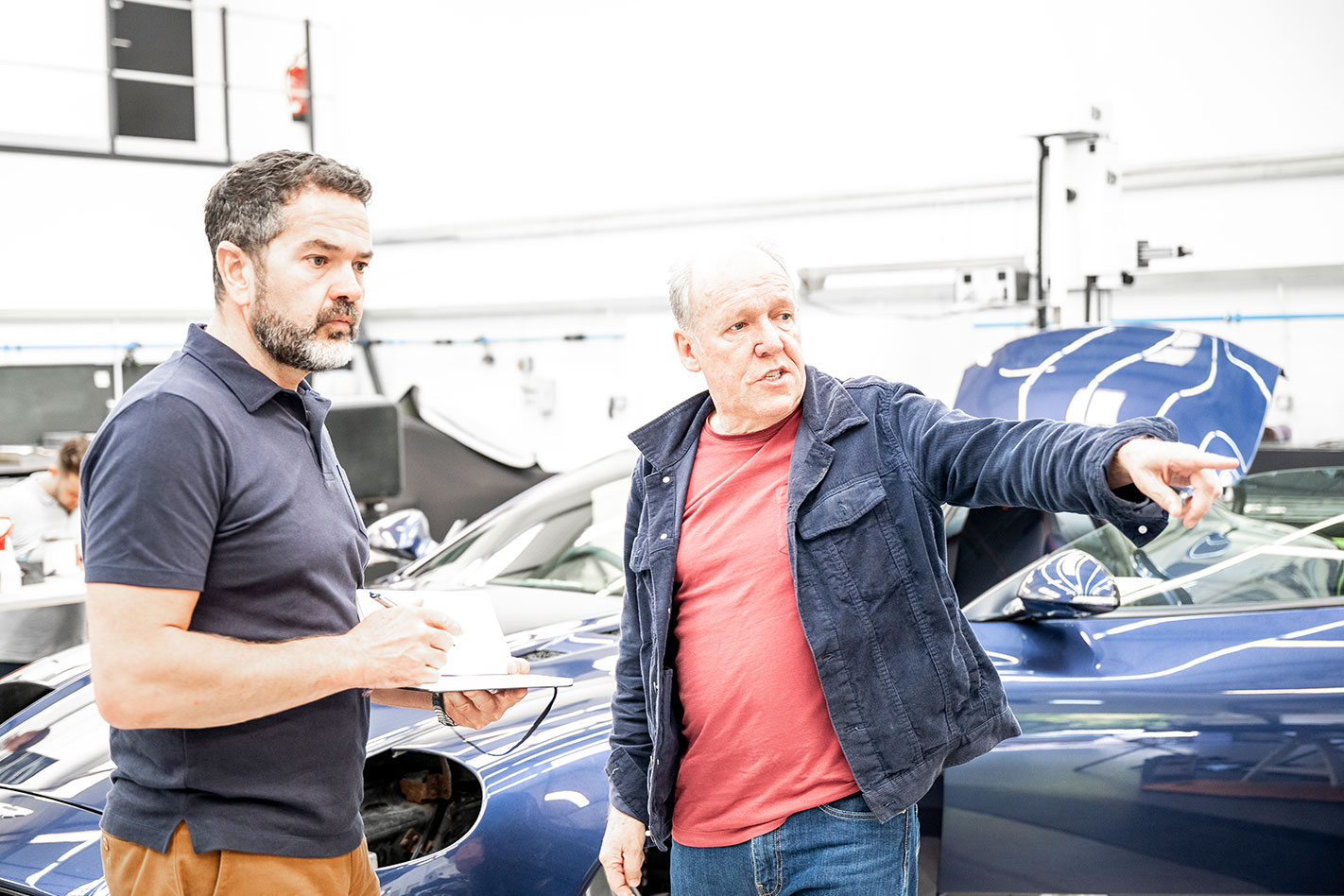
2 – You are your ideas
Even if you’ve never studied a journalism qualification or been in the publishing industry at all, having a sharp mind, a strong work ethic and, most importantly, an inexhaustible font of ideas will ensure that content-starved editors will make note of you. We want you to make our lives easy. If you are able to pitch ideas that fizz, you’ll get a chance. Which leads to…
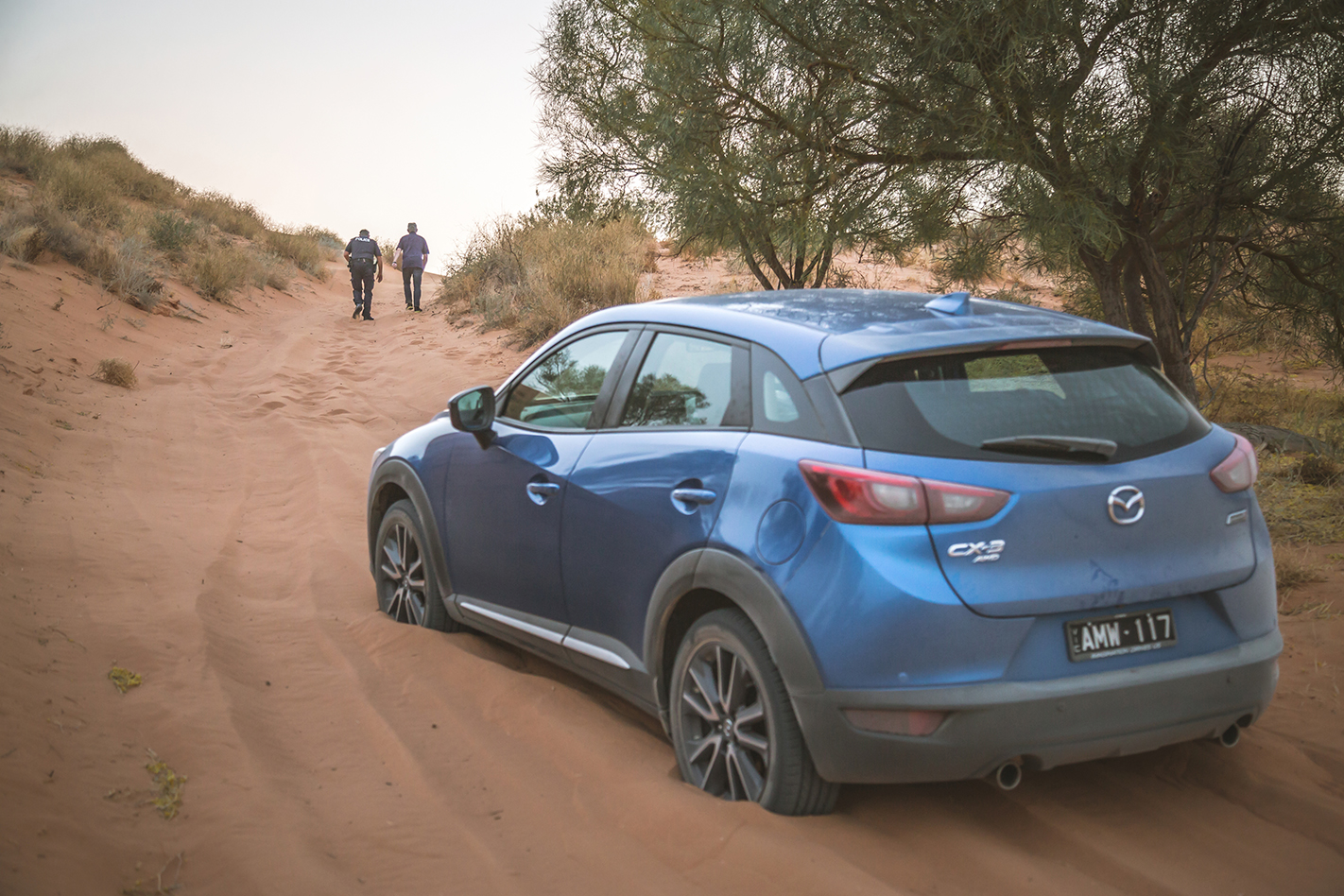
3 – Write, write and then write some more
You can’t be expected to get things right first time. Understanding the tone and voice that works for a particular title can be tricky.
If you submit some work and it gets rejected or spiked, ask for feedback and don’t be overly defensive when you receive it. You’re not going to succeed if you don’t know what you’re doing wrong. Practice your writing and edit fiercely.
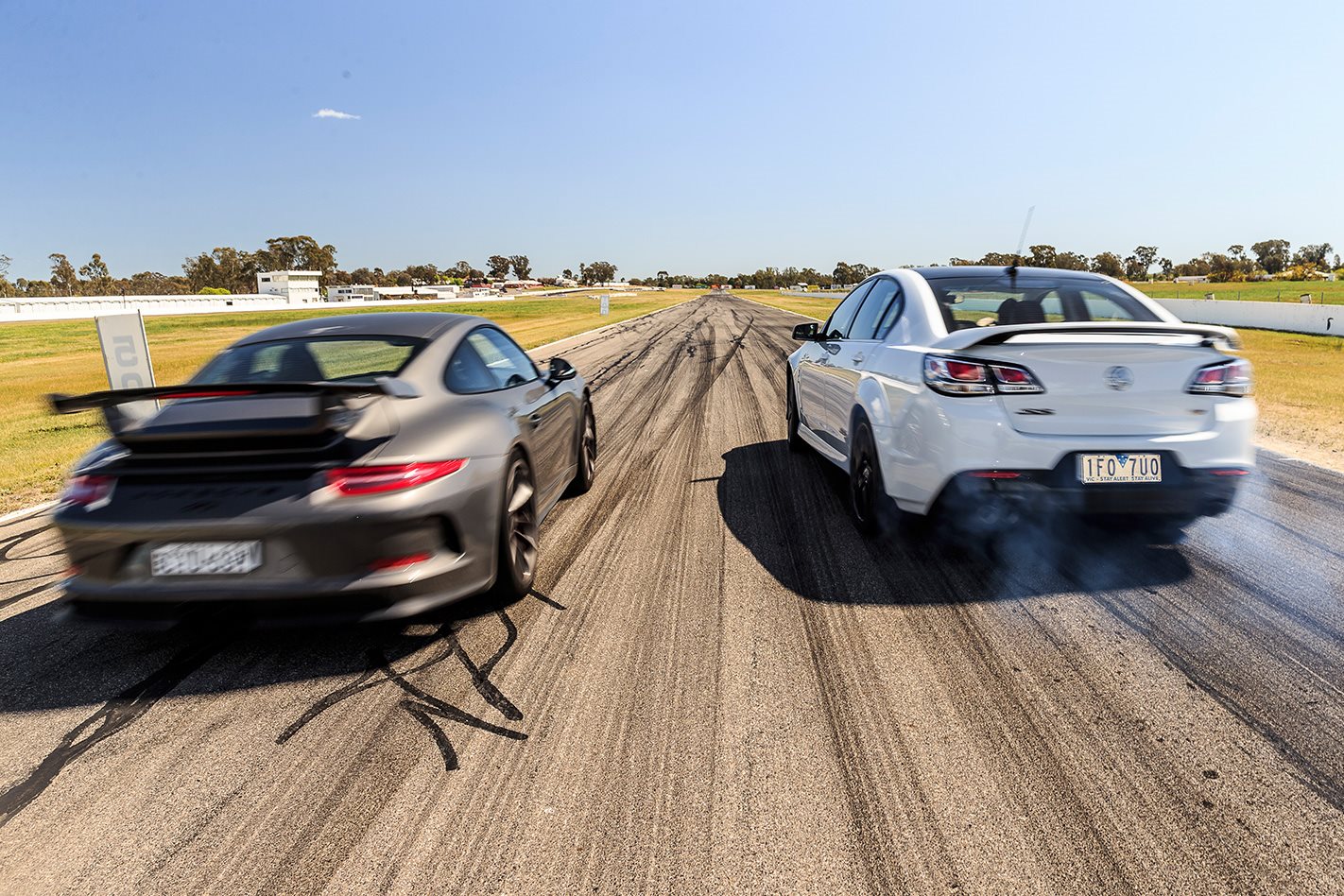
4 – Develop a thick skin
Rejection always hurts but keep at it. There are people working in this office who have been turned down three or four times for a role but they kept at it. And even when you think you are doing okay, a quick look at a YouTube comments section is often enough to bring you back down to earth.
You’re never going to be everyone’s cup of tea. Most people you’ll come across in this industry are constructive and professional, but there’s always the occasional jaded never-was who will try to pull you down. Leave ’em in your wake.
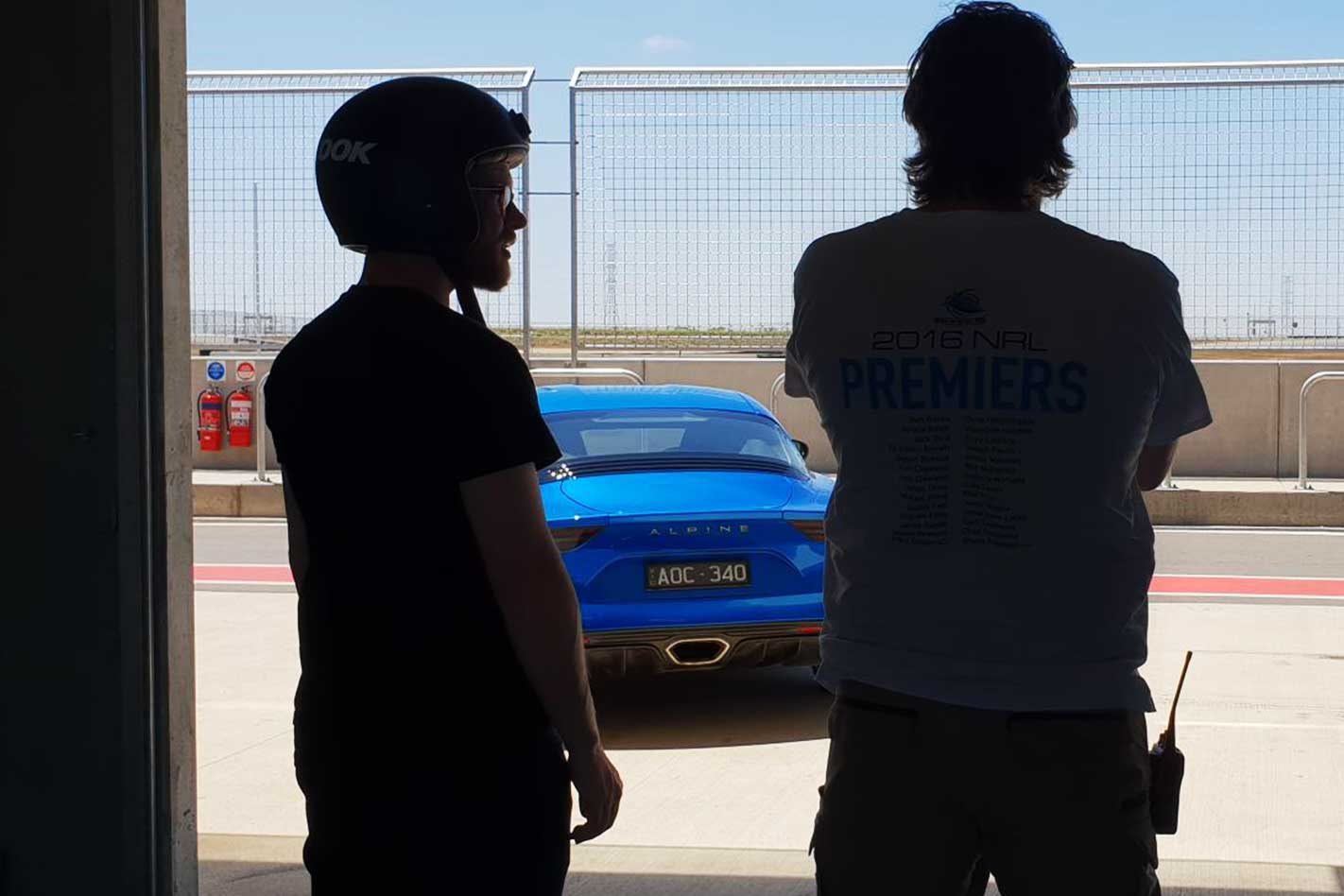
5 – Use the tools available to you
If you’re submitting work and a covering email to a new editor and want to be taken seriously, make sure you’ve covered off the easy stuff. Know the editor’s name. Spell and grammar-check your copy. Be confident but not pushy. Remember to attach the attachment.
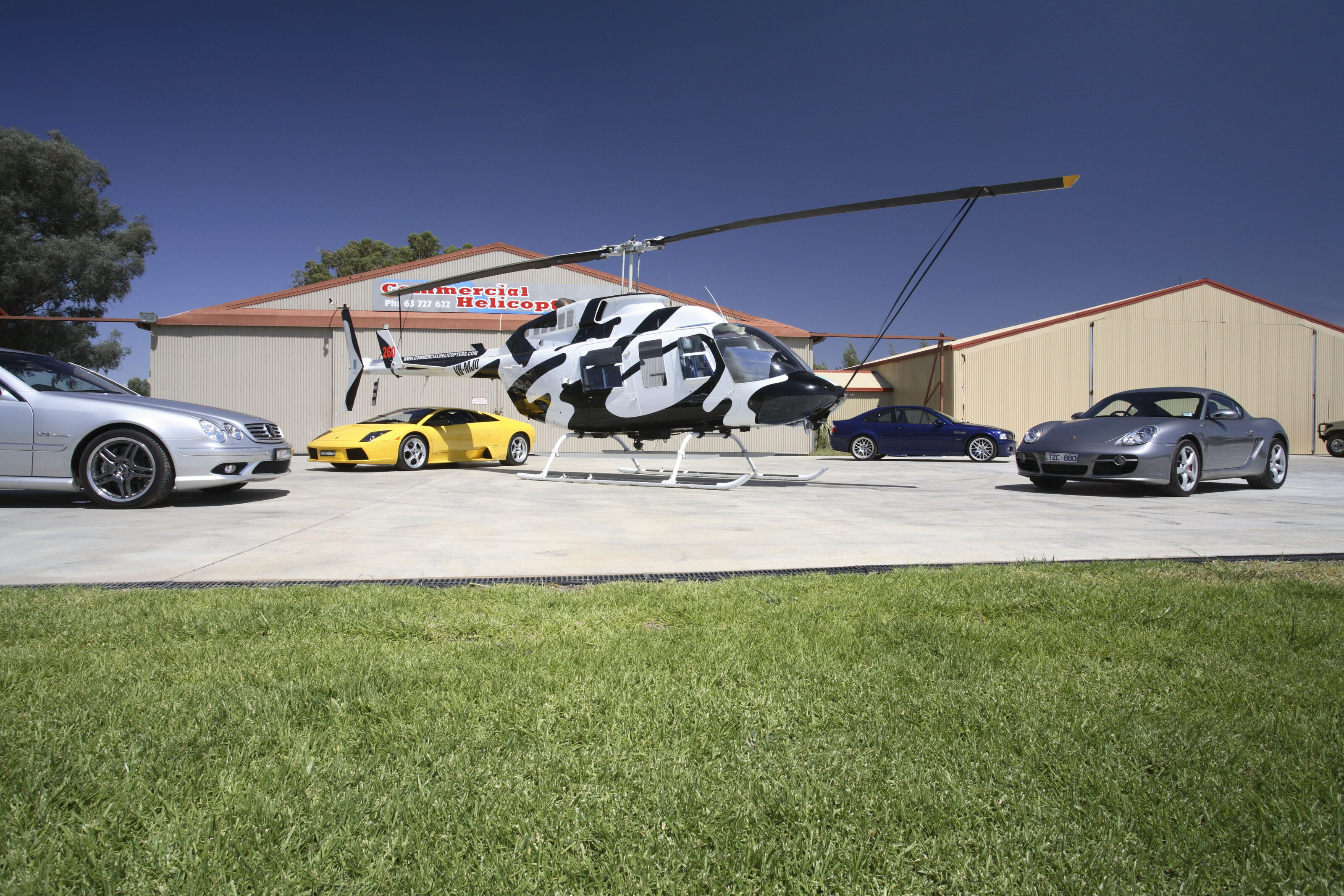
6 – You don’t need to be able to drift like Chris Harris
Of course it helps, but there are plenty of racers who have god-like car control but can’t string a sentence together. As long as you’re not a total disaster behind the wheel, there’s the chance that you can deliver value for your audience.

7 – What if I’m a complete disaster behind the wheel?
If that’s the case, road testing may not be for you. Don’t despair though. You can still find a niche in writing news, creating industry stories, working on profile pieces, becoming the go-to person for marque or model histories and so on. Or you could become a sub-editor. Motoring journalism is not just road testing.
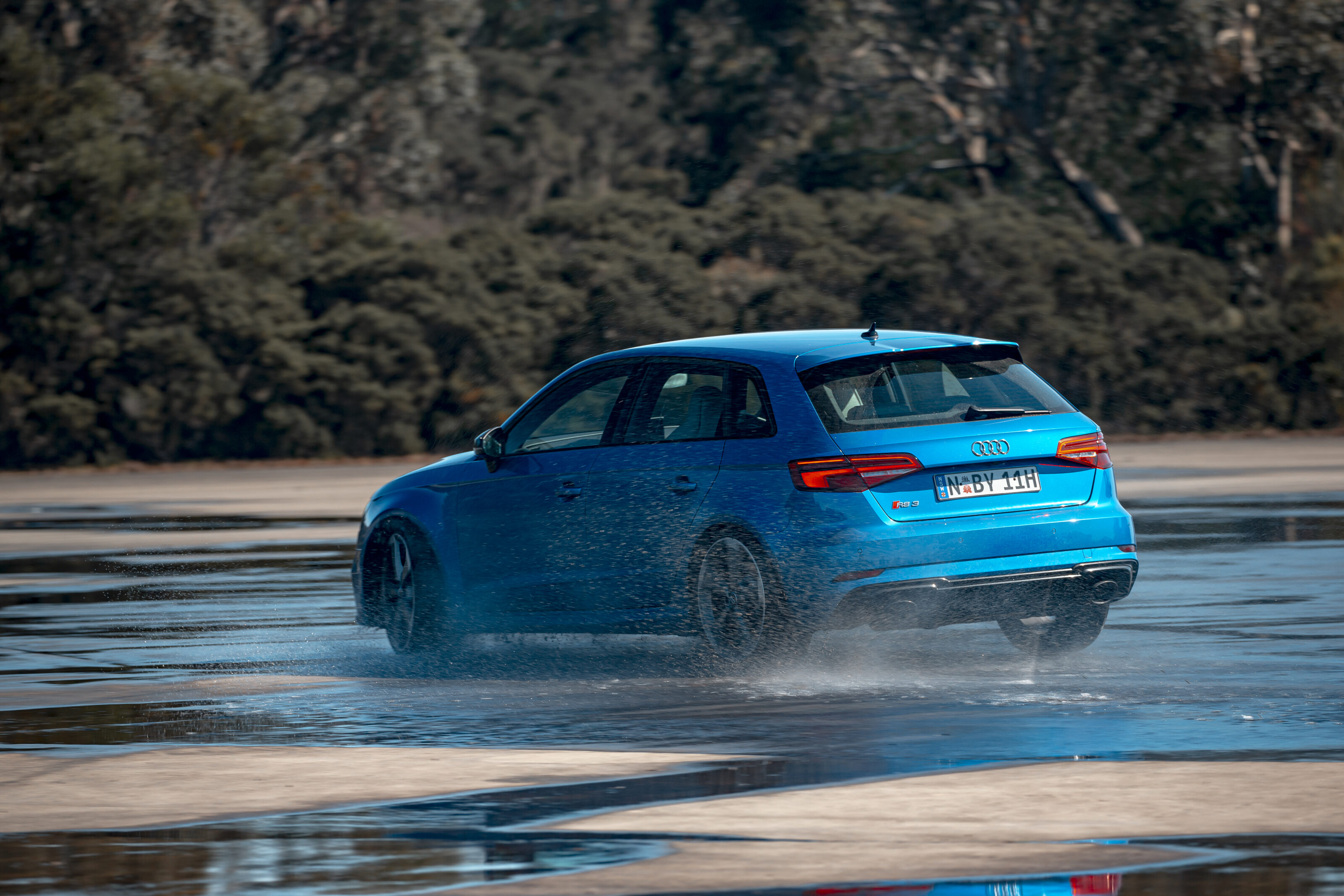
8 – I borrowed a car to write about it and binned it. Do I give up?
No. You’ve just made things a whole lot more difficult for yourself though. Ask me how I know. If you do ever have an incident with a manufacturer or dealer’s vehicle, here’s my advice. Put your hand up to it.
The longer and more convoluted/implausible your excuse is, the worse it’ll be for you in the long term. We can all make mistakes, but it’s key to show that you’ve learned from any you do make, especially if it’s an expensive one.
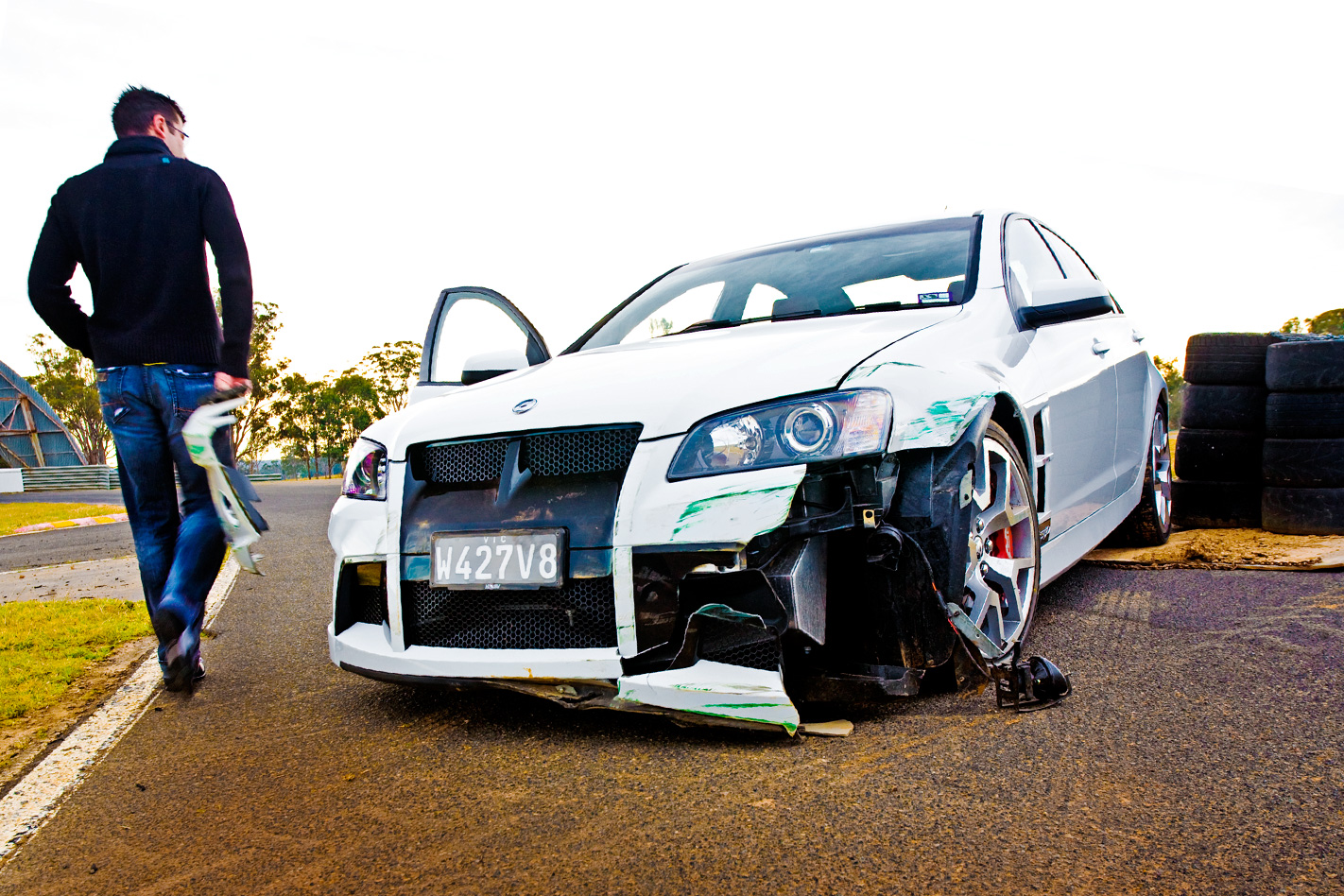
9 – Publishing has changed. Lucky you
The old boys network has, thankfully, largely been wiped out of the industry. There are so many ways of becoming published nowadays that if you’re good enough, you will be noticed.
Start a blog, get yourself noticed in the comments section of MOTOR’s web pages, email editors, contribute to enthusiast pages and so on. The barriers to entry have come down, so what are you waiting for?

10 – Don’t sell us what we already have
Okay, so you’ve managed to snag a drive in a new 911 GT3. Good for you. Don’t try to sell us a story on it because we have 50 other writers to choose from, all of whom have more experience and can probably do a better job than you.
Pitch stories that the editor won’t have – interviews with interesting people, a well-researched industry analysis or a meticulous used car model guide of something that’ll catch the eye of a decision maker.
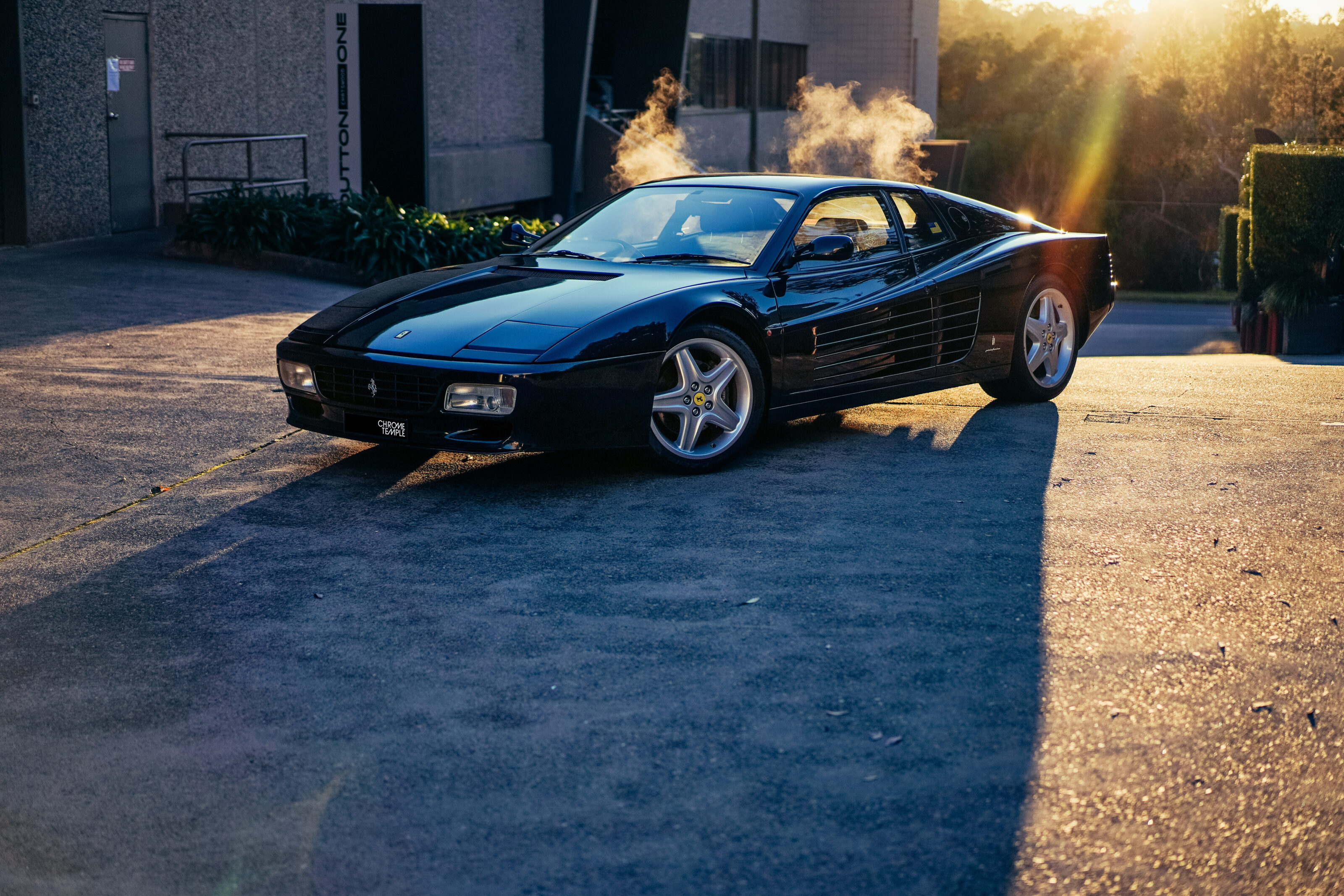
11 – Imagery is important
You can have the best feature idea in the world, but if we can’t illustrate it, it’s not going to get too far off the launchpad. One of the quickest routes to success is to partner with a photographer or videographer and offer the editor the one-price package deal for words, pictures and/or video.
A freelancer is there to make an editor’s life easier. Remember that at all times and don’t be higher maintenance than you need to be.
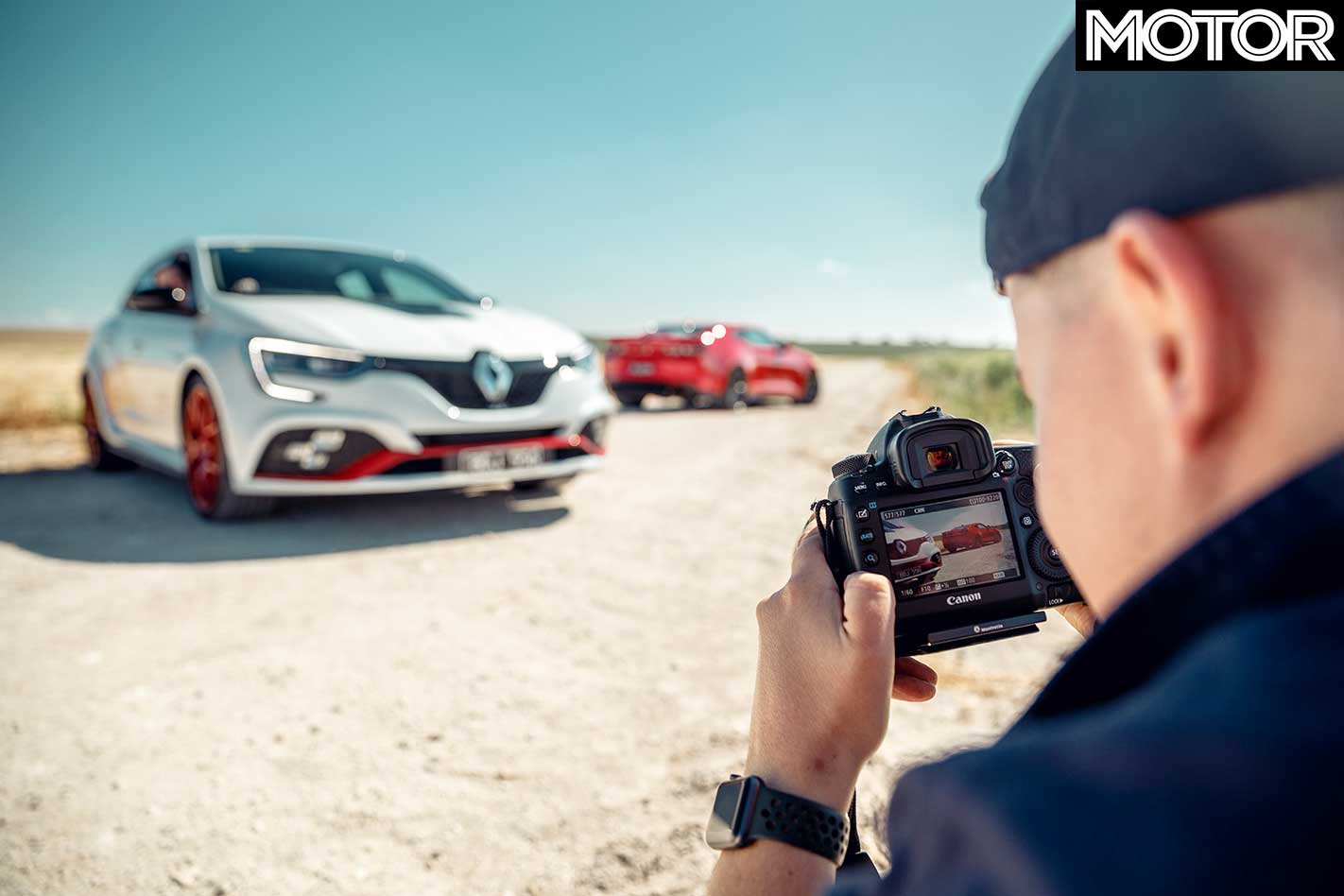
12 – Be female
No, this isn’t positive discrimination. It’d just be nice for the industry to get some women on board to help offset the complete sausage party that is motoring journalism. Seriously. Every outlet I can think of would give their right arm for a good female automotive writer. Ladies, the stage is yours.
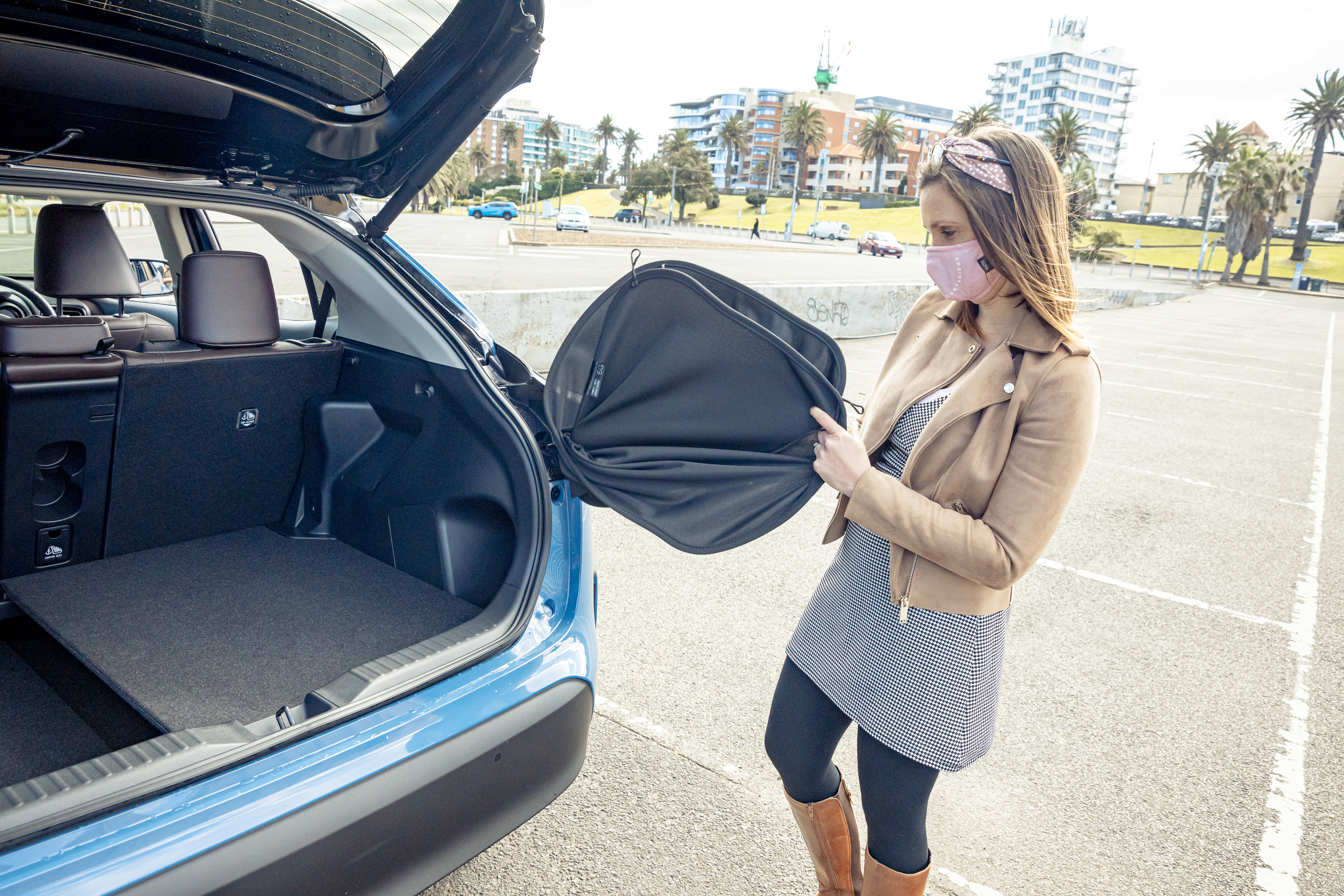
13 – Develop your networks
Build as many industry contacts as possible. Intern for a week or two if possible or offer yourself as a warm body on photoshoots. That way, you’ll see how experienced content creators work, as well as all of the behind the scenes work that goes into the finished product.
Maybe offer to collect and return press cars for a fee. Cultivate your contacts among photographers, videographers and others who will help you build your portfolio.
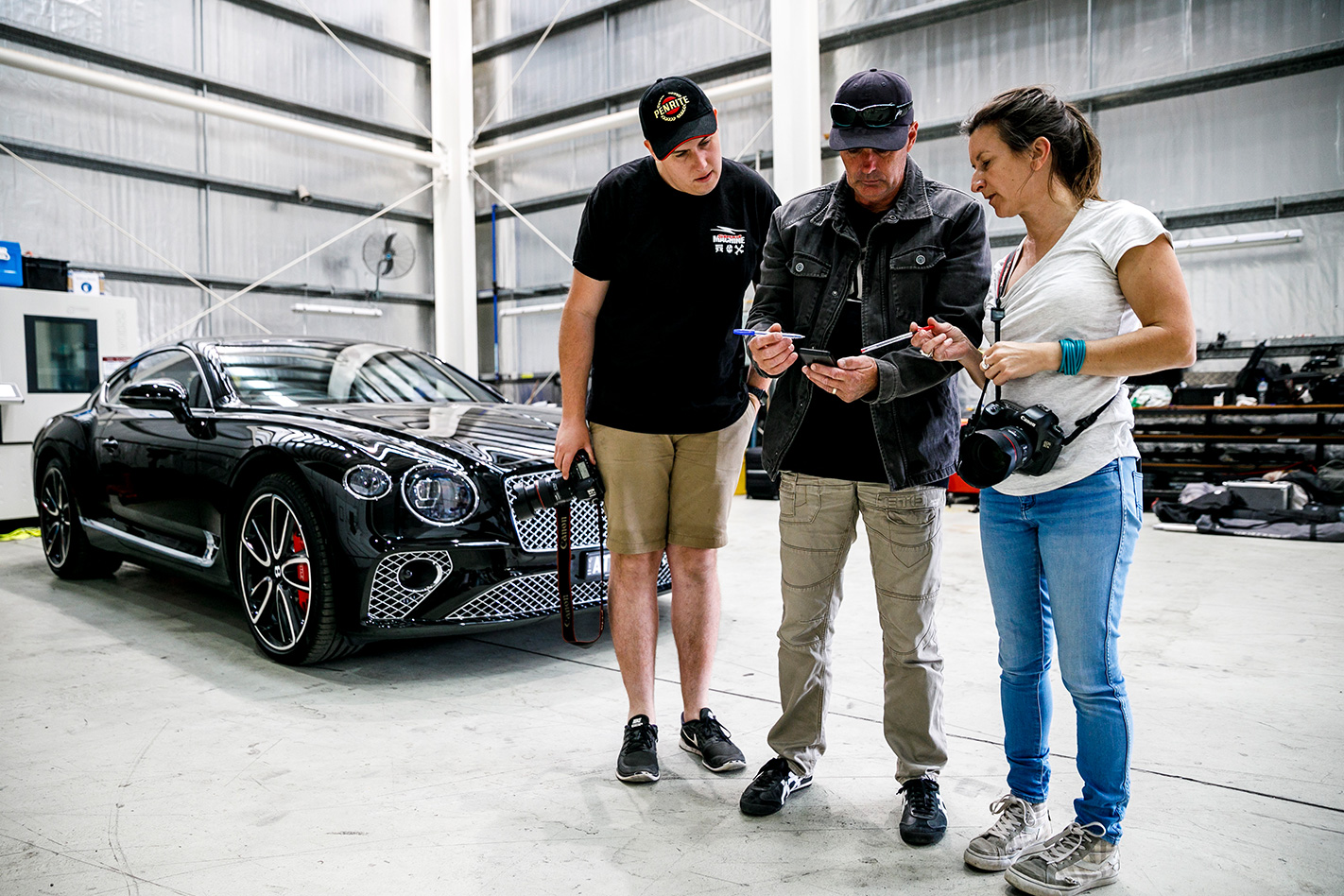
14 – Understand how cars are sold
All too often, journalists like to inure themselves from the commercial realities of the market. In fact there are many who don’t have the first idea of the retail model that underpins the cars they’re driving.
If you can understand how and why the car you’re testing ends up with its customers, you’ll be far better tuned in to understanding whether it works for its target market or not.

15 – Work on your presentation skills
Can you front a video? If so, you’ll instantly be more marketable than a person who is unwilling to stand before a camera. Build yourself a showreel. The great thing about this is that you have the luxury of time on your side to get it looking right, so buddy up with a videographer and show us what you can do.
You don’t have to be driving a supercar. You’re the star in this instance, so we don’t really care if you’re reviewing your dad’s knackered Magna. If you can engage the viewer, you’re in with a better than evens shot.

16 – Don’t expect to get rich
By and large, motoring journalism isn’t a path to great wealth. Most journos will bring home something in the region of $70-$90k a year which isn’t bad, but can mean that people are reviewing cars that they’ll never be in the target market for. That’s just a fact of the business, but it does mean that you’ll probably get to meet a whole bunch of very interesting people who can afford these cars in the course of your work. If you are one of the lucky few to strike it rich in this business, congratulations. You win at life.
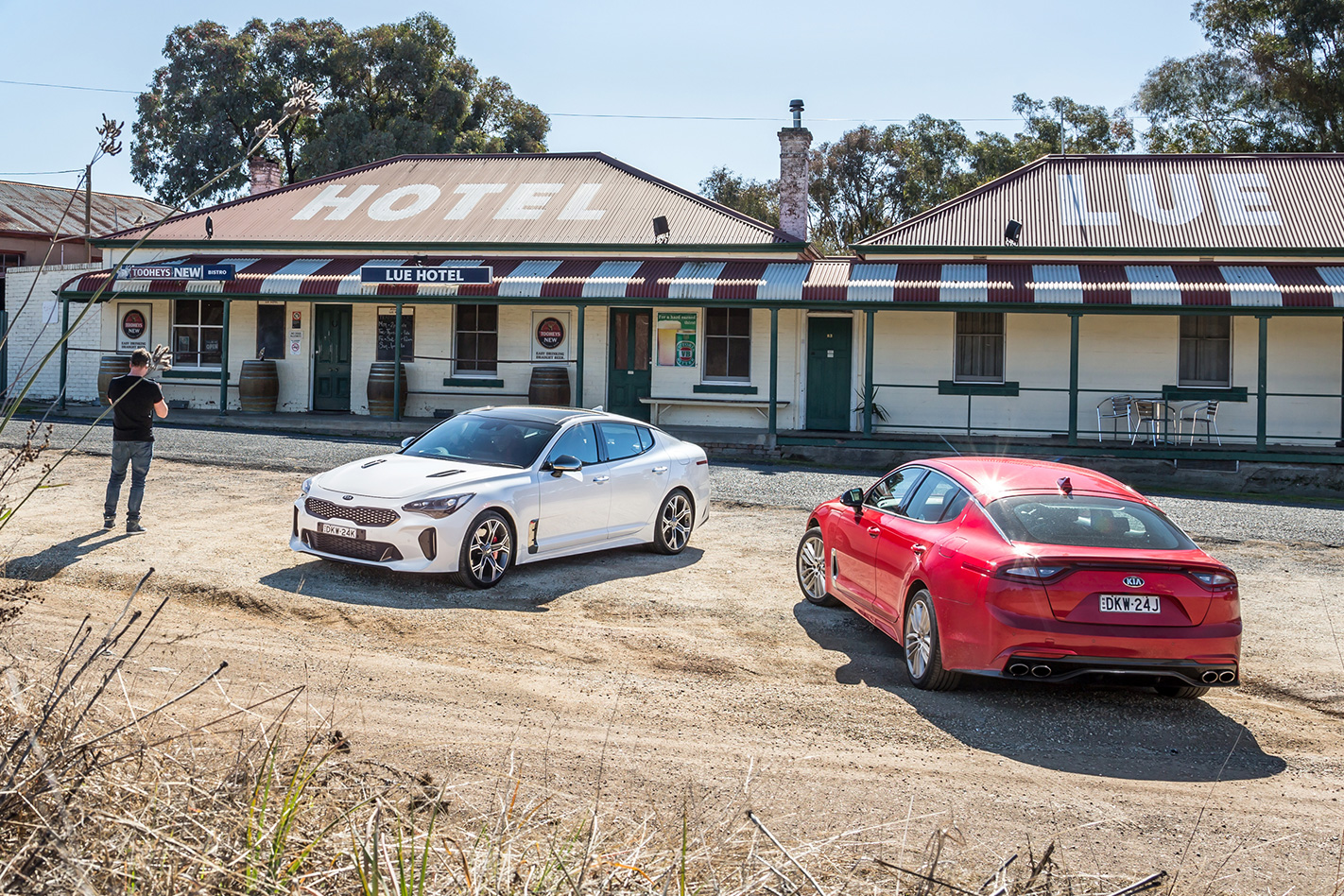
17 – That thing about passion/jobs? That.
“Do what you love and you’ll never work a day in your life.” We’ve all seen that drivel on sappy motivational posts on the ‘Gram. That might well be the case if all we did was drive supercars in glamorous places but that curated image is far from reality.
There will be many 4am starts, daggy motels, long nights spent proofing copy, hours chasing spec details, sitting in virtual meetings and, pre-COVID, a lot of time spent in airports and shuttle buses. It’s not all glitz. If you expect to experience just the highlights, you’re in for a rude awakening.

18 – Make an effort to understand the oily bits
Many of the very best motoring journalists come from an engineering background and the rest often wish they did. If you’re capable of understanding the ‘why’ of how a car goes down the road, you’re at a natural advantage.
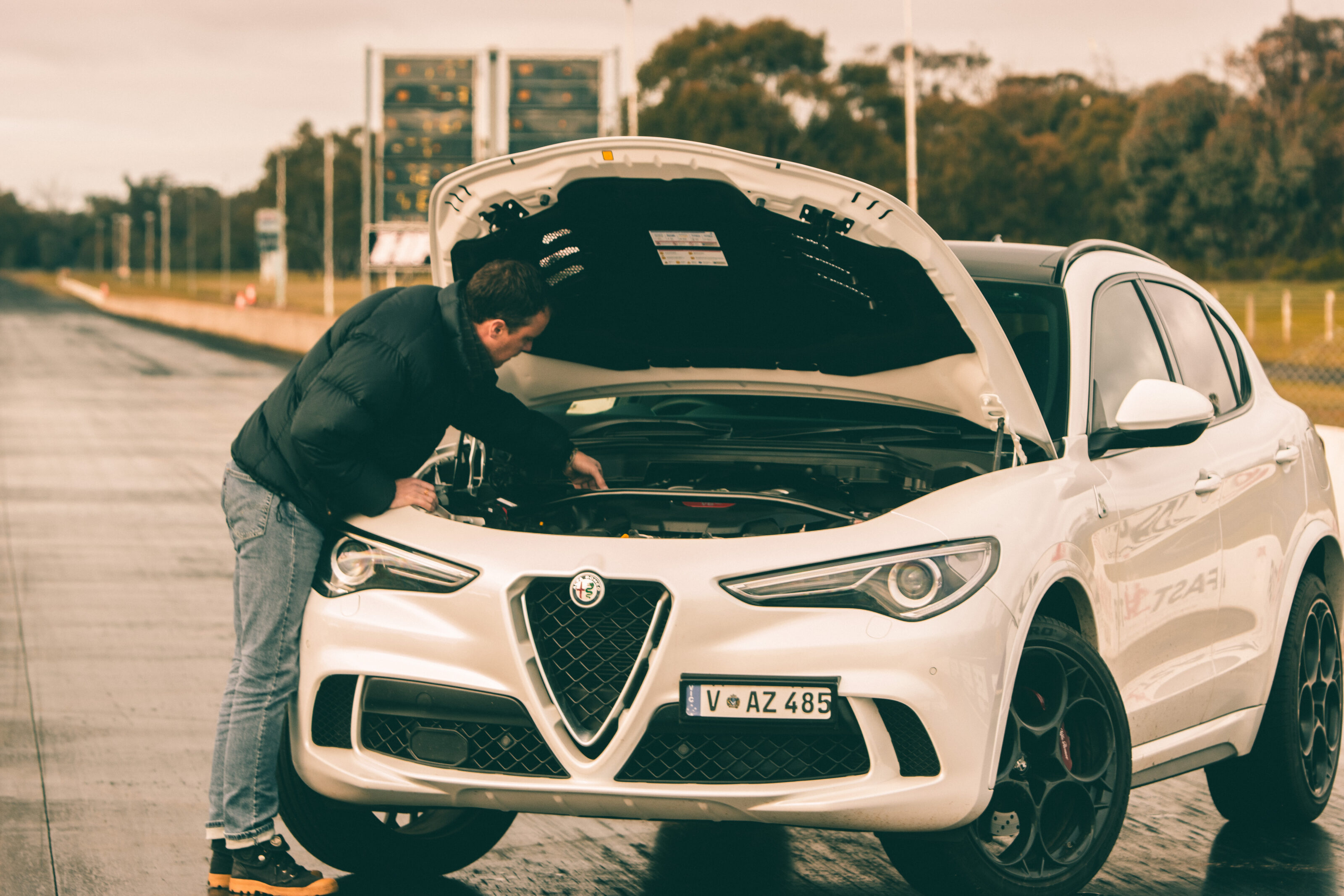
19 – This is a tiny industry
The number of Aussies currently making a living as a motoring journalist probably numbers a couple of hundred. That’s it. It’s likely that more people work in your local branch of Coles.
Everyone knows each others’ business, many are incorrigible gossips and people change employers. Indiscretions rarely get forgotten and personal feuds can rumble on for a very long time. Make the effort to be cordial with your colleagues.

20 – Retain your sense of wonder
Some motoring journalists love to whinge about five-star treatment as if doing so proves that they’re used to so much better. They get jaded. They take their privileges for granted. Don’t be that person because if you’re bored and world-weary, it’ll come across in your content and your audience will switch off.
Retain the wonder, drink in those pinch-yourself moments and write as vividly as you think you can get away with.
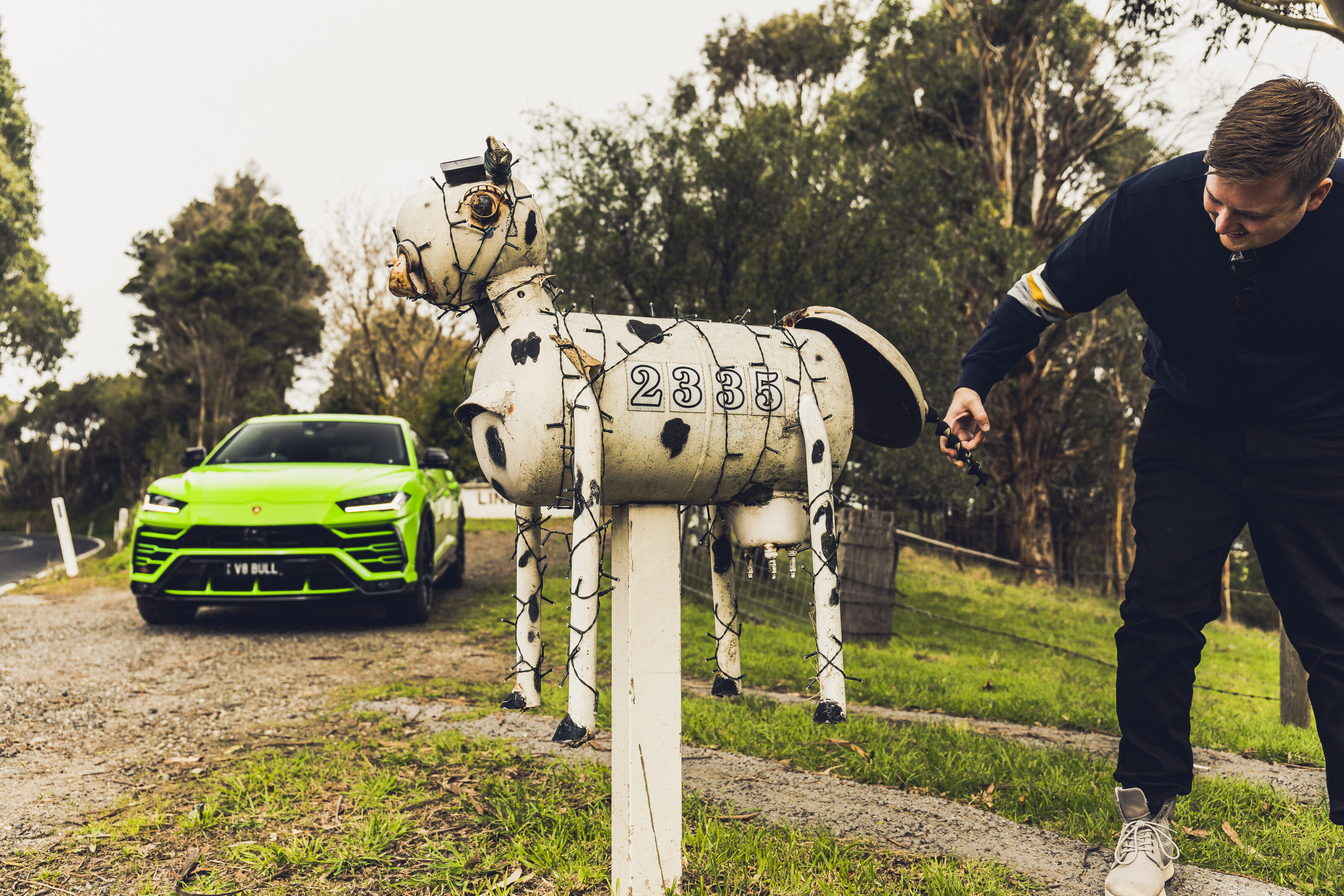
Ready?
If, after reading all that, you think you’ve got what it takes, pitch me an idea. If it’s good enough, you’ve got your foot in the door. Good luck!
We recommend
-
 Features
FeaturesWhat the future holds for Alpina
We sit down with Andreas Bovensiepen to find out his take on the future of the industry and Alpina
-
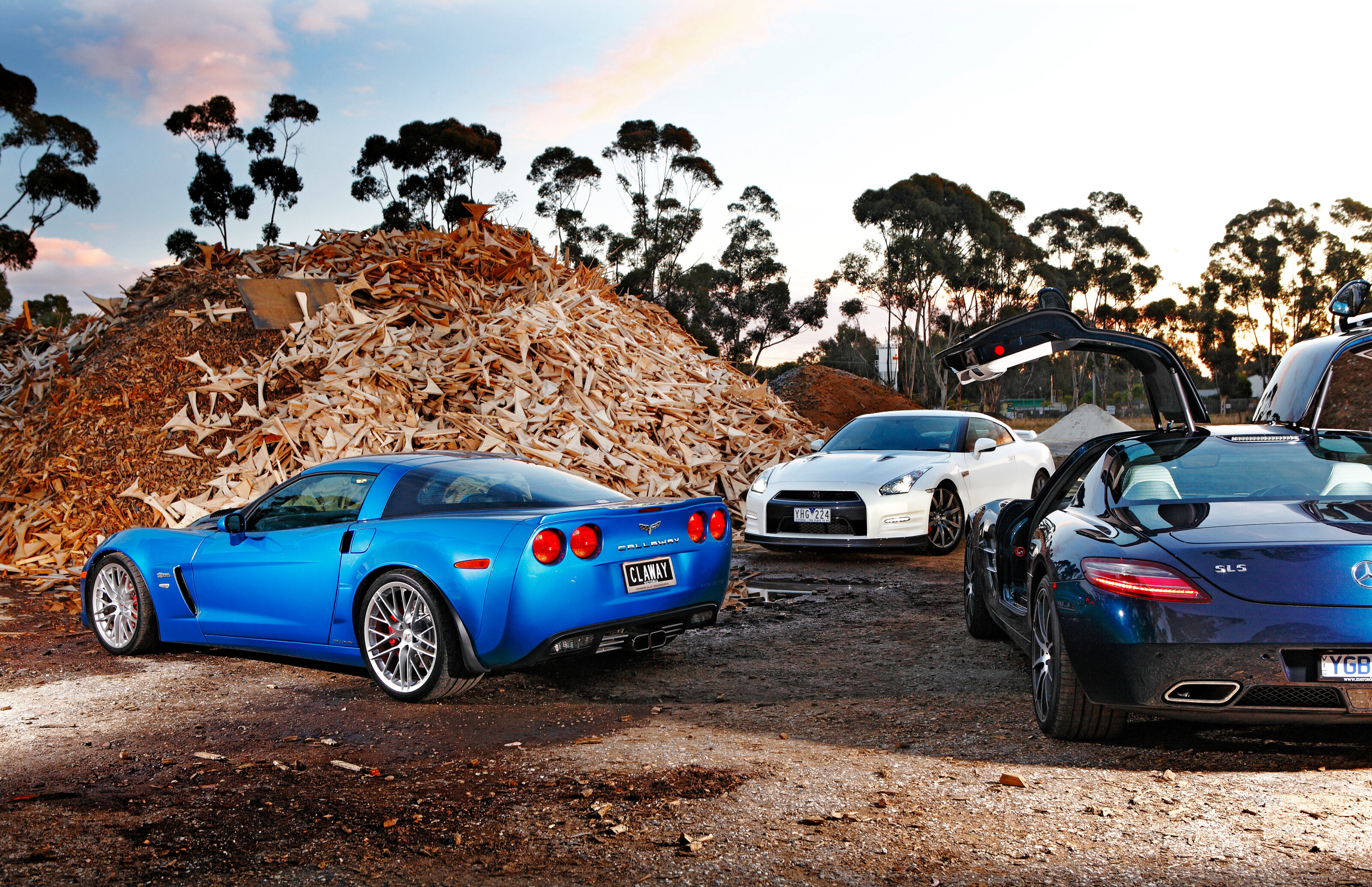 Features
FeaturesWhat happened in MOTOR 10 years ago? We held the ultimate front-engined supercar showdown
Ten years ago, we pitted Nissan’s GT-R against the modern classic Mercedes SLS and a 490kW Callaway Corvette Z06
-
 Features
FeaturesDon’t underestimate the Ferrari Portofino M
It’s time to pay respect to Ferrari’s front-engined convertible





